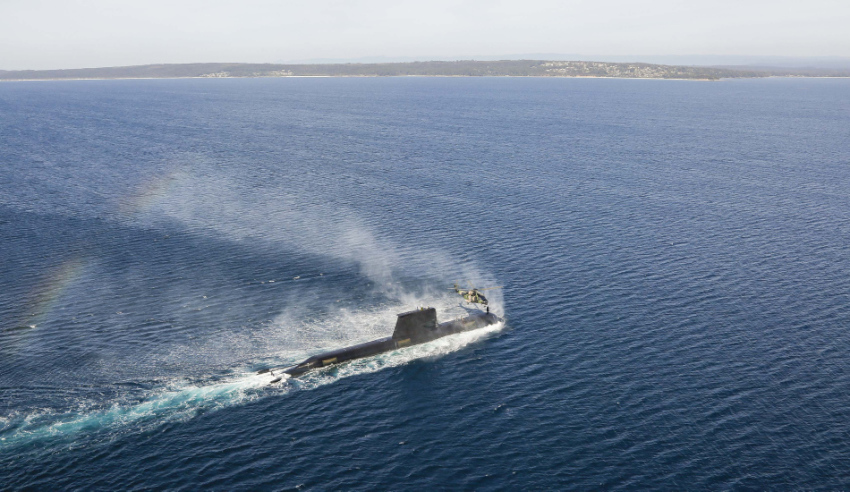QinetiQ has partnered with the CSIRO on a groundbreaking project where advanced crystal technology will be applied to see submarines stay submerged longer while using less power.
To continue reading the rest of this article, please log in.
Create free account to get unlimited news articles and more!
The new technology, called metal-organic frameworks (MOFs), will not only see submarines submerged for longer, but will also improve conditions for sailors.
If successful, the cutting-edge technology could form part to the Australian government’s Future Submarines Program (SEA 1000), the largest and most complex military program ever undertaken in Australia. SEA 1000 involves the design and construction of 12 highly advanced submarines with a range in excess of 33,000 kilometres and capable of operating independently for up to 80 days.
For a non-nuclear submarine those figures are already considered impressive, but CSIRO and QinetiQ are hoping the new technology will make it more so.
CSIRO project leader Dr Matthew Hill said the CSIRO will work with QinetiQ to test the MOFs.
"Together, we’ll be testing whether advanced materials known as called metal-organic frameworks can allow submarines to remain submerged longer. MOFs have the largest internal surface area of any known substance, which can be optimised to capture gases such as carbon dioxide (CO2)," he said.
"The more CO2 MOFs can capture and store, the longer a submarine can potentially remain underwater, undetected."
As submarines are an enclosed space, CO2 expelled by a crew’s breathing and other chemical processes builds up and can eventually become toxic. Carbon dioxide scrubbers avoid that, by removing CO2 from a submarine’s atmosphere and storing it for later release.
QinetiQ Australia managing director Greg Barsby said if the new technology is successful, it would give the Australian Defence Force a leading edge.
"If proven, MOFs could give Australian submarines an edge: a performance advantage that lets them dive longer while placing less demand on a submarines precious space and weight, as well as critical systems such as power," Barsby said.
"We’re focused on creating real capability gains for the Australian defence forces. This project plays to both partners’ strengths, our decades of experience and expertise in submarine operations and atmospheres; plus CSIRO’s unmatched and patented ability to make MOFs in large volumes, cheaply and with great precision."
Current CO2 scrubbers take up a large amount of the limited space, weight and power available in submarines. They can also generate corrosive by-products, which have both health and sustainment implications in the close confines of a submarine.
A MOF-based system would use a smaller amount of space, place less demands on a sub’s systems and wouldn’t rely on damaging gasses.
It could also be incorporated into existing submarines such as Australia’s current Collins Class to extend their operational life and capabilities.

 Login
Login







